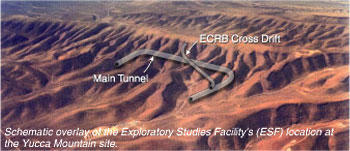It’s hard to resist a place called the Noctis Labyrinthus, or “the Labyrinth of Night,” especially when it’s on Mars.
 [Image: Courtesy ESA/DLR/FU Berlin].
[Image: Courtesy ESA/DLR/FU Berlin].
“This block of martian terrain, etched with an intricate pattern of landslides and wind-blown dunes, is a small segment of a vast labyrinth of valleys, fractures and plateaus,” the European Space Agency reported earlier this week.
“As the crust bulged in the Tharsis province it stretched apart the surrounding terrain, ripping fractures several kilometres deep and leaving blocks—graben—stranded within the resulting trenches,” the ESA adds. “The entire network of graben and fractures spans some 1200 km, about the equivalent length of the river Rhine from the Alps to the North Sea.”
In other words, it’s an absolutely massive expanse of desert canyons and landslides, stretching roughly the distance from Switzerland to Rotterdam—a “700-mile labyrinth of fractures and landslides,” in the words of the reliably interesting Corey Powell on Twitter.
Imagine hiking there.
 [Image: Courtesy ESA/DLR/FU Berlin].
[Image: Courtesy ESA/DLR/FU Berlin].
We are living in something of a golden age for landscape studies. Over a remarkably short span of time, for example, we’ve learned that there are sinkholes on comets—that is, that comets have undergrounds. They have pores, caves, and tunnels, with sinkholes explosively airing this subterranean world into outer space. These “mysterious, steep-sided pits—one up to 600 feet wide and 600 feet deep,” as National Geographic described them, indicate that “there must be gaps inside.” Picture caves and tunnels evaporating in the darkness, before collapsing in on themselves in a crystalline flash.
Meanwhile, I have always loved the fact that there is a mountain range on Mars named after dead American astronauts, as if the Red Planet is somehow haunted in advance of human arrival by the mythological figures of explorers who never made it there. But this is just one small example of how a radically unfamiliar environment can gradually become known through the process of naming.
 [Image: From India’s Mars Orbiter, via @coreyspowell].
[Image: From India’s Mars Orbiter, via @coreyspowell].
My wife, Nicola Twilley, was actually at the Johns Hopkins Applied Physics Laboratory for the recent Pluto flyby, covering it for The New Yorker; she wrote a great description of how the former planet became a true landscape:
As the scientists traced tendrils of reddish brown and speculated as to the rate of melt at the edge of a two-toned ice patch near Pluto’s equator, the impossibly distant world came to life. Fed up with referring to features as, for instance, “the black circle at two o’clock” and “the big white patch,” the team had started to give them names—first nicknames, such as “the heart” and “the whale,” and then unofficial but more formal names drawn from the mythology of the underworld. The whale became Lovecraft’s Cthulhu, and a nearby dark smudge was christened Balrog, after the demons of Tolkien’s Middle-earth. An alien landscape had started to become a collection of places: knowable, if not yet known.
Interestingly, it seems that names come first, algorithms later.
In any case, while naming, of course, lends an air of familiarity to alien terrains—or knowability, we might say—the utterly bonkers nature of these landscapes remains extraordinary.
Nicky later revisited the subject, for example, writing that “the reddish patches” seen on Pluto might actually be “the organic material nicknamed ‘star tar,’ a precursor to life”—sludge awaiting sentience—and that “cryovolcanoes—volcanoes that spew slushy methane and nitrogen ice rather than molten rock,” might exist at the planet’s south pole.
There, this slow-moving matrix of frozen elements would circulate amongst other “exotic ices” in the distant cold, surely another kind of “labyrinth of night,” if there ever was one.
Think of what writer Victoria Nelson has called the “polar Gothic,” referring to an era of science-fictional representations of the Earth’s own polar regions as places of psychological menace and theological mystery; now picture weird slurries of nitrogen and star-tar sinkholes in a region named after Cthulhu, and it seems that perhaps the great age of landscape exploration has only now truly begun.
Consider, for example, this tweet by Rob Minchin, referring to the latest geological revelations coming from Pluto, a world of nitrogen glaciers and ice tectonics. “Water ice floats on nitrogen or CO ice,” he explains. This means, unbelievably, that “numerous mountains on Pluto appear to be floating.”
 [Image: Pluto, via @CoreySPowell].
[Image: Pluto, via @CoreySPowell].
Even within our own solar system, it seems, if you have an idea for a landscape so unreal it borders on pure fantasy, there is a planet, comet, or asteroid already exceeding it.
(In addition to @CoreySPowell, another good Twitter account for offworld landscape studies is @LoriKFenton, as the images seen at the link make clear).
 [Image: Max Ernst, “Landscape with a view of the lake and chimeras” (1940), via Archive.]
[Image: Max Ernst, “Landscape with a view of the lake and chimeras” (1940), via Archive.] [Image: Courtesy
[Image: Courtesy  [Image: Courtesy
[Image: Courtesy  [Image: From India’s
[Image: From India’s  [Image: Pluto, via
[Image: Pluto, via  [Image: Screen grab from
[Image: Screen grab from  [Image: Screen grab from
[Image: Screen grab from 
 [Image: Screen grab from
[Image: Screen grab from 
 [Image: Screen grab from
[Image: Screen grab from 
 [Images: Paintings by Eric Merrell; screen grabs from
[Images: Paintings by Eric Merrell; screen grabs from 
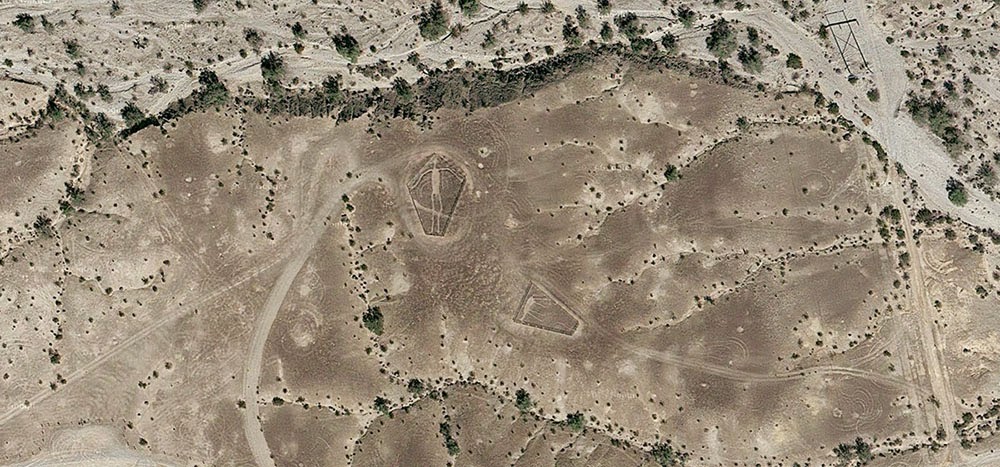 [Image: The “
[Image: The “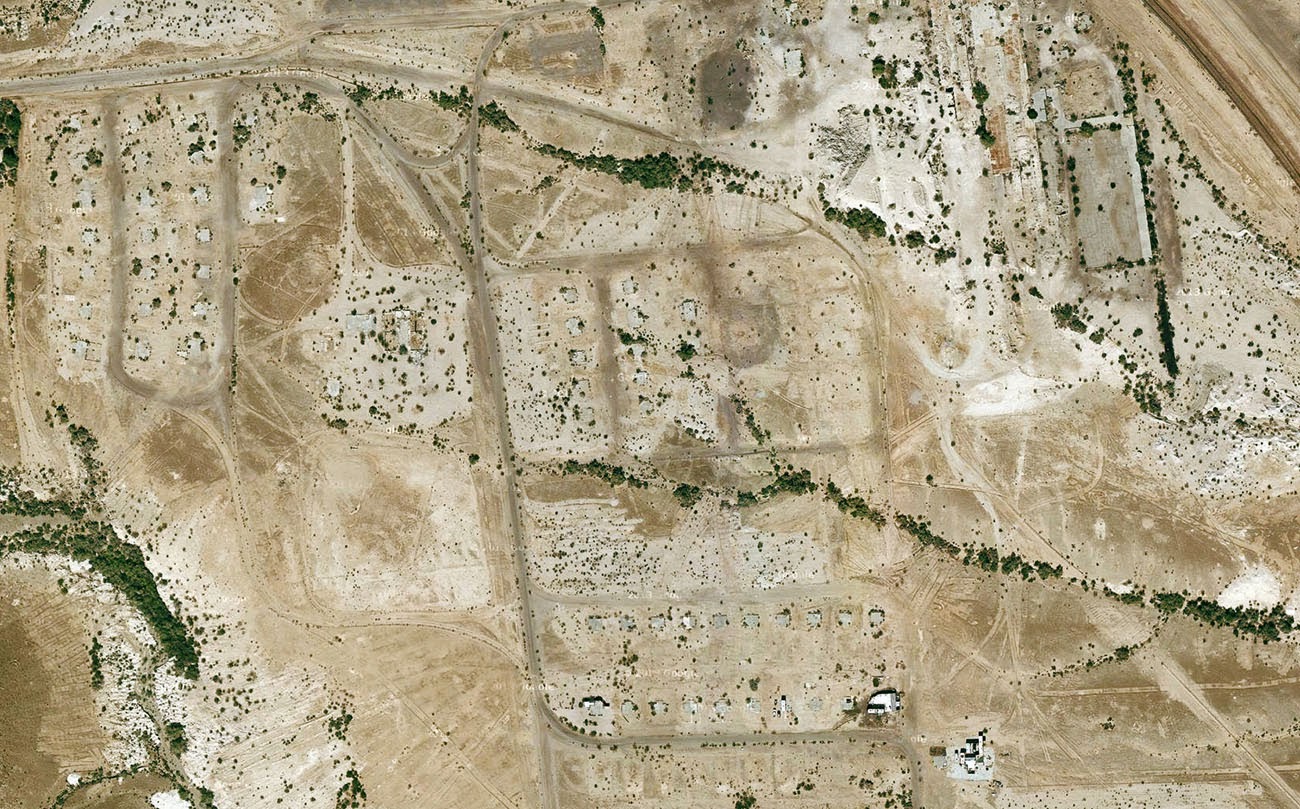 [Image: Midland, California, via
[Image: Midland, California, via 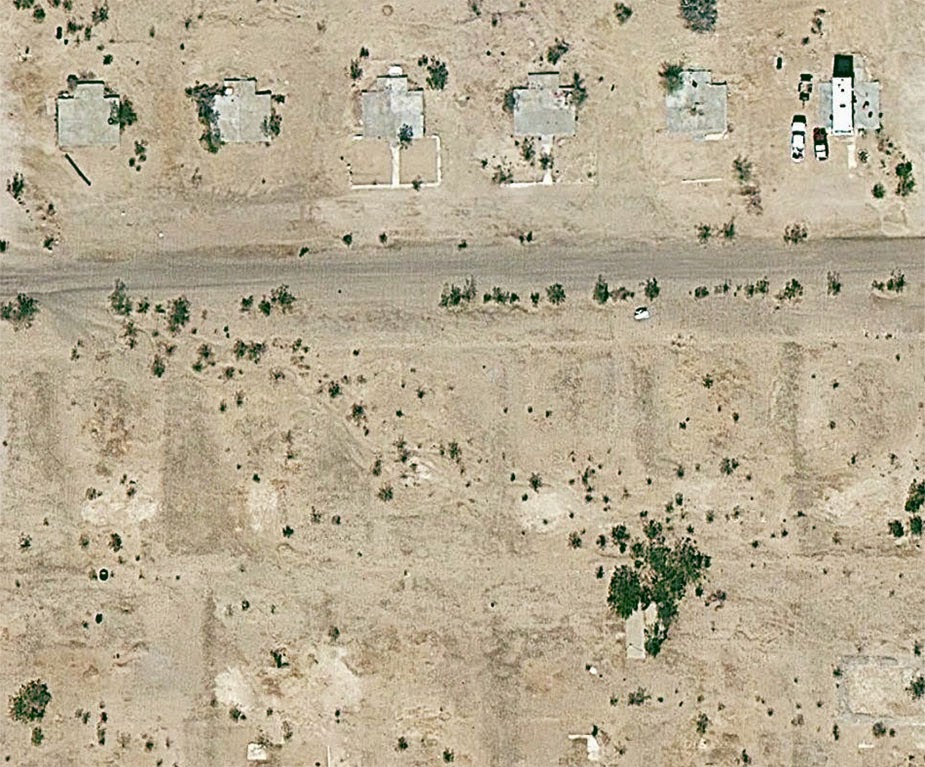 [Image: Midland, California, via
[Image: Midland, California, via 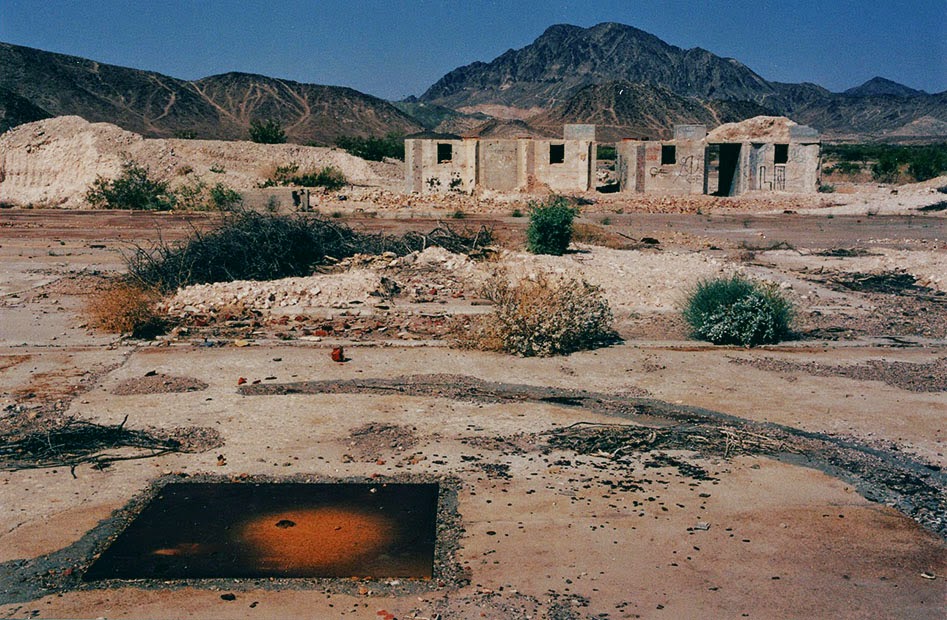 [Image: The abandoned streets of
[Image: The abandoned streets of 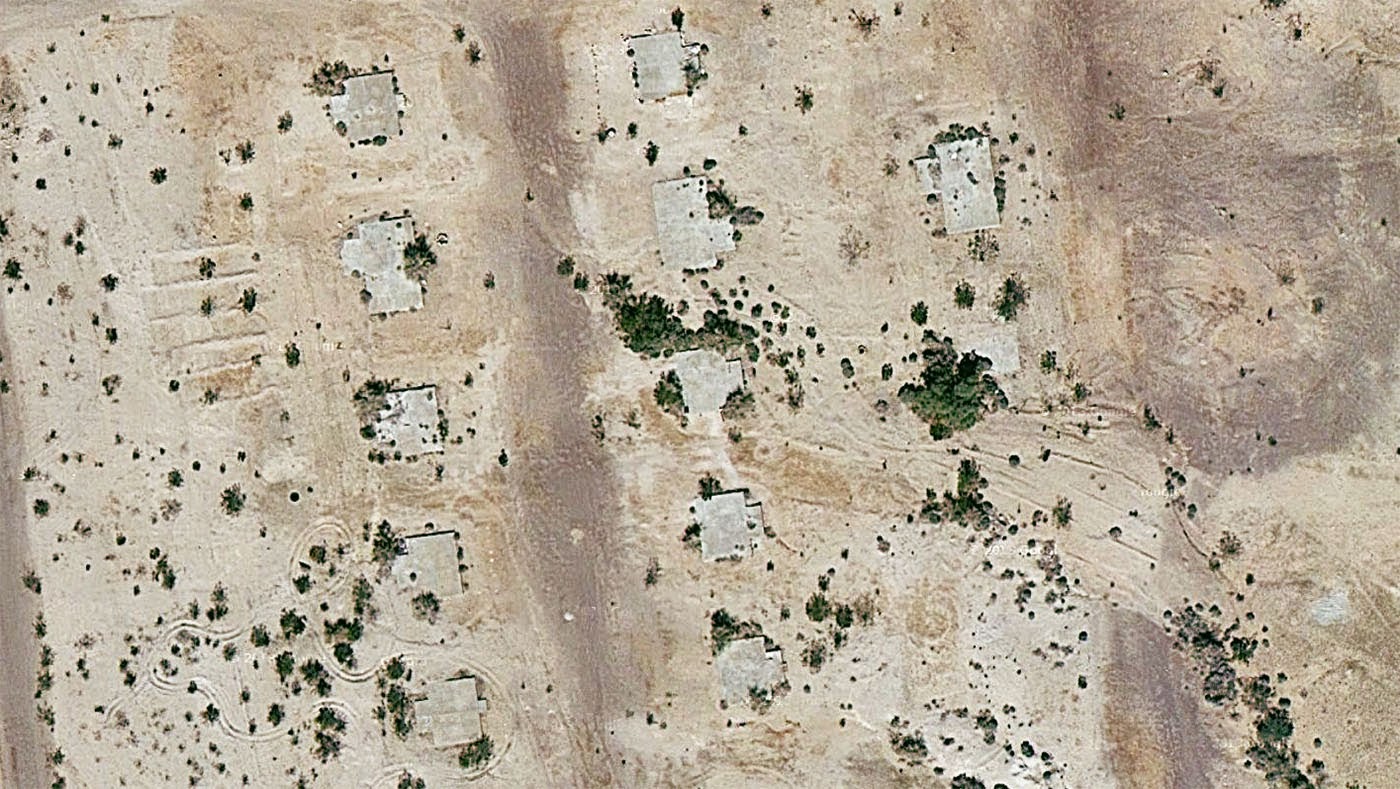 [Image: Midland, California, via
[Image: Midland, California, via 
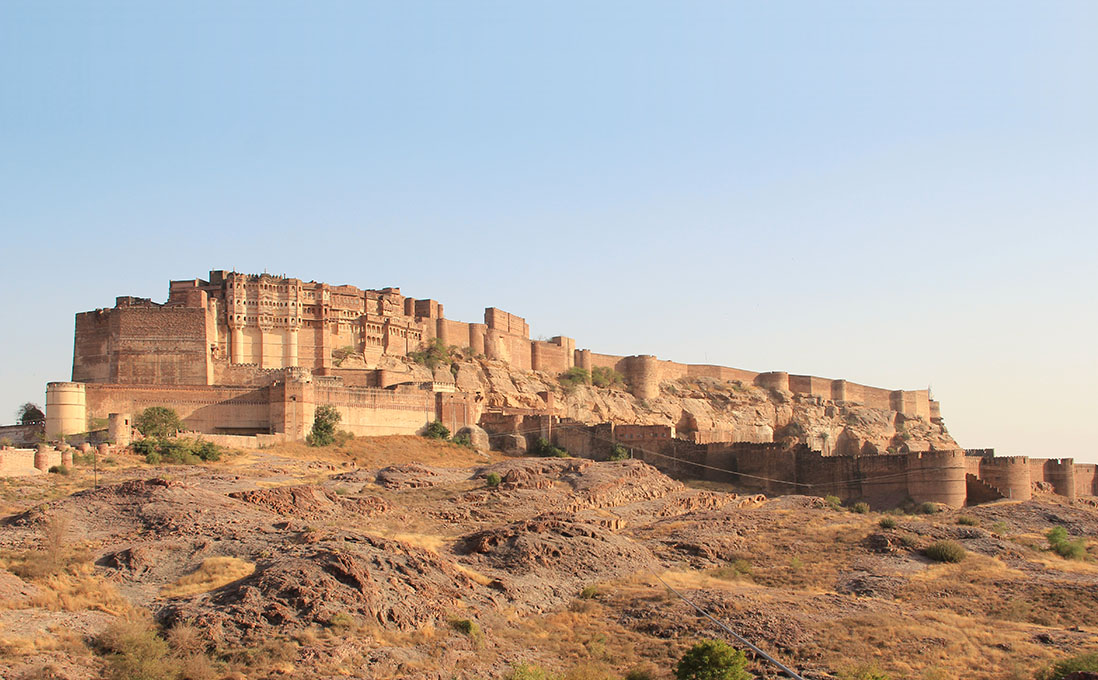 [Image:
[Image: 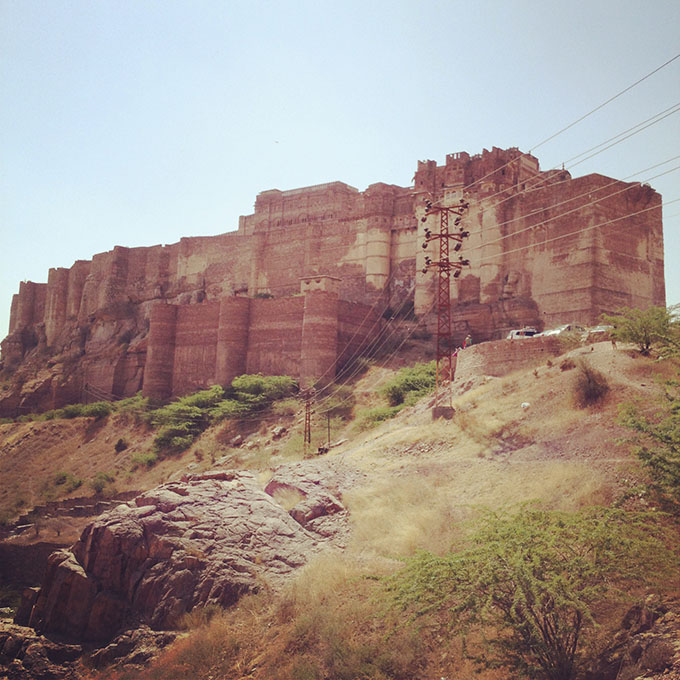 [Image:
[Image: 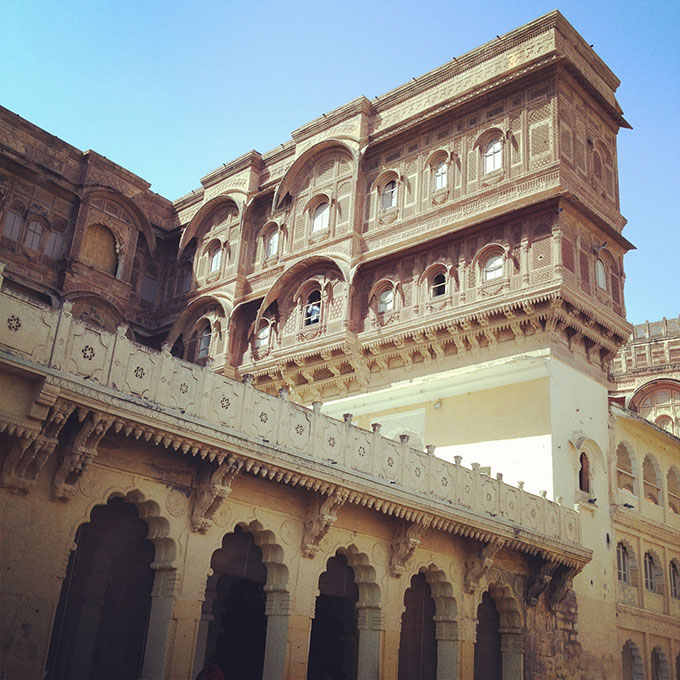 [Image: Inside
[Image: Inside 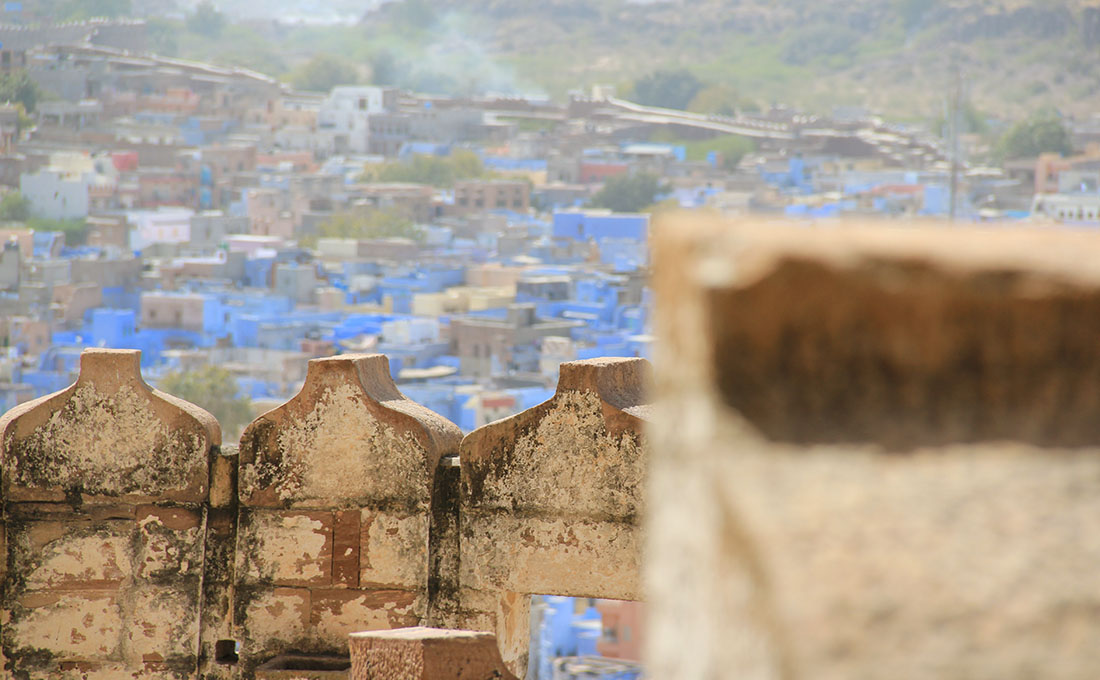
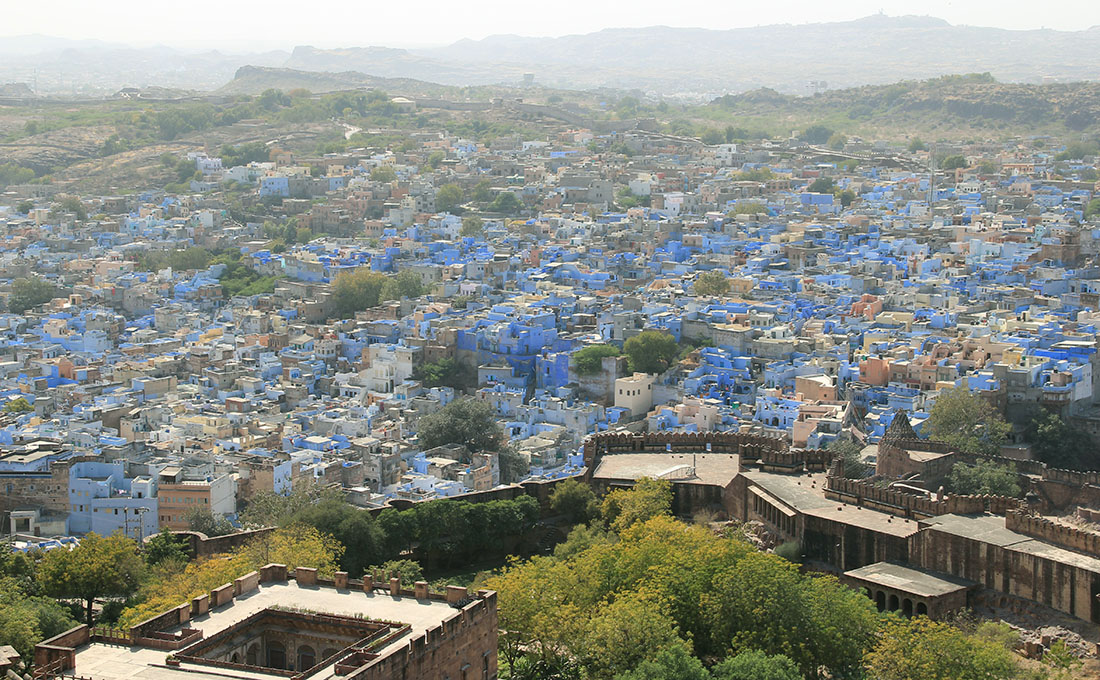
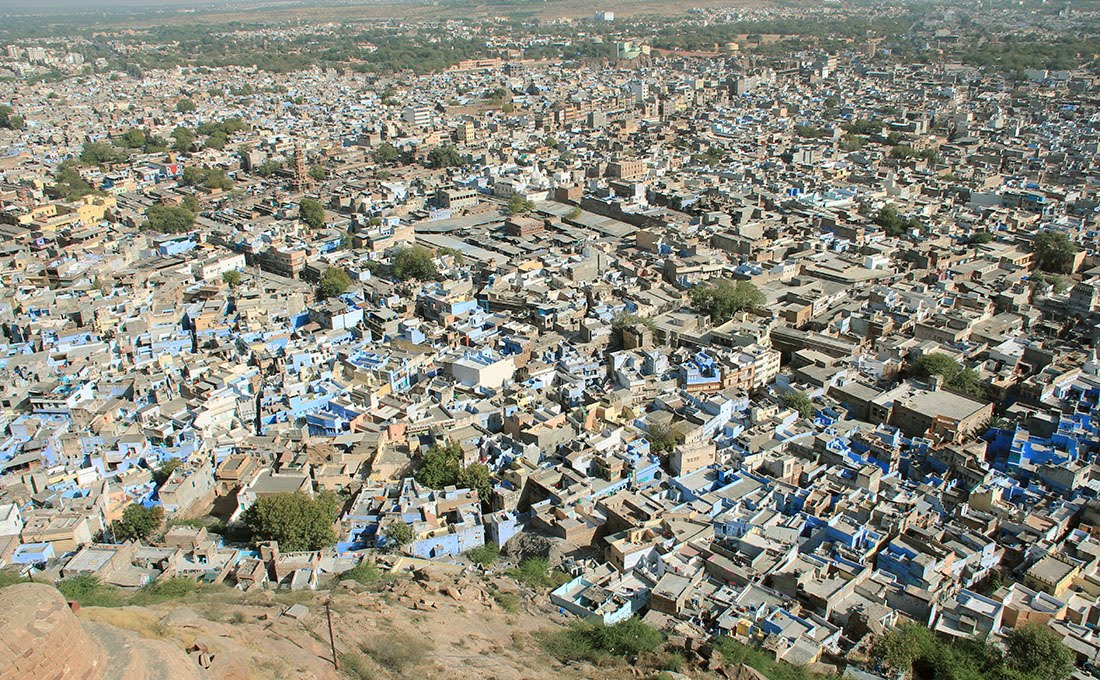 [Images: Overlooking Jodhpur, including the city’s many blue
[Images: Overlooking Jodhpur, including the city’s many blue 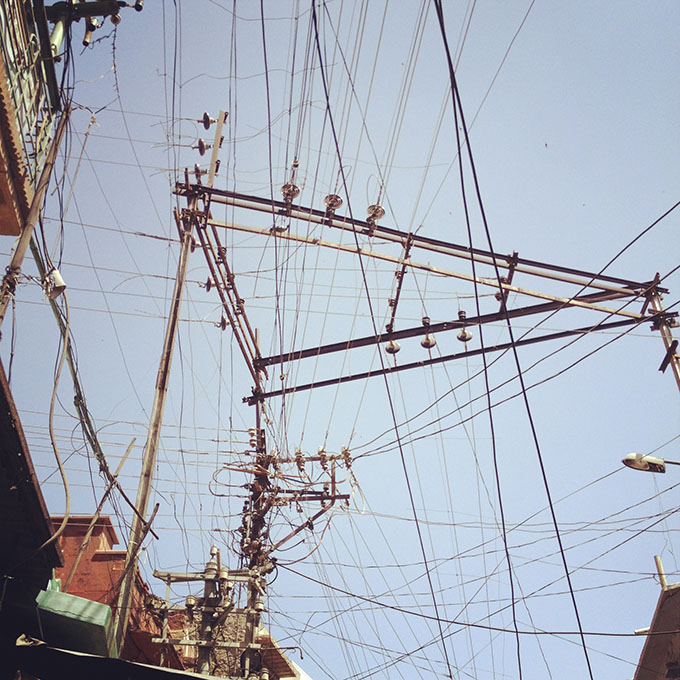
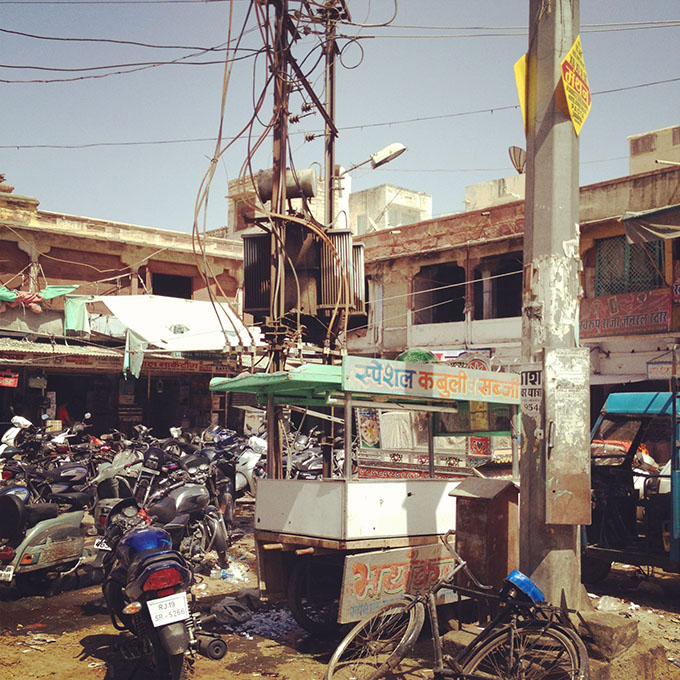
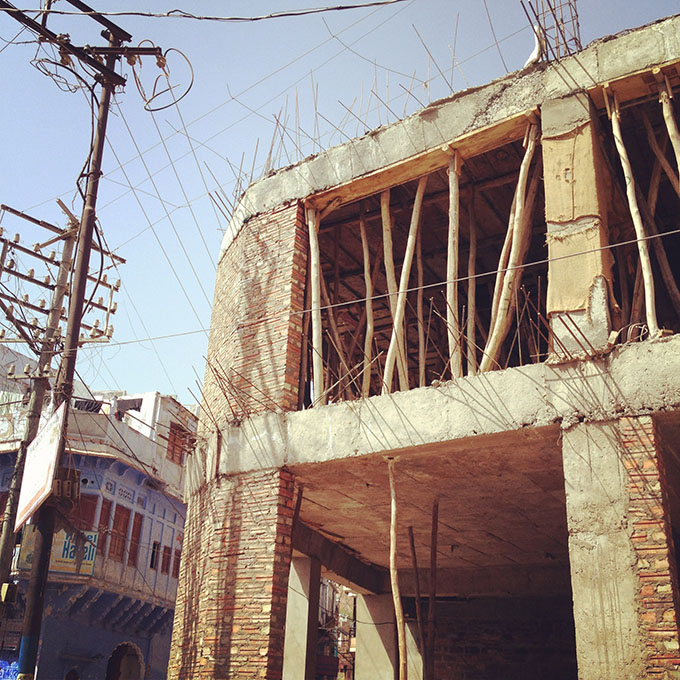
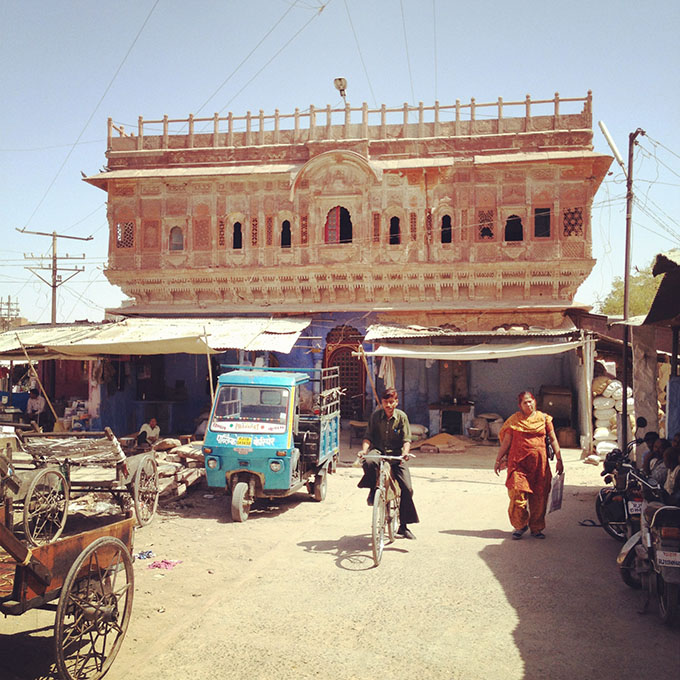
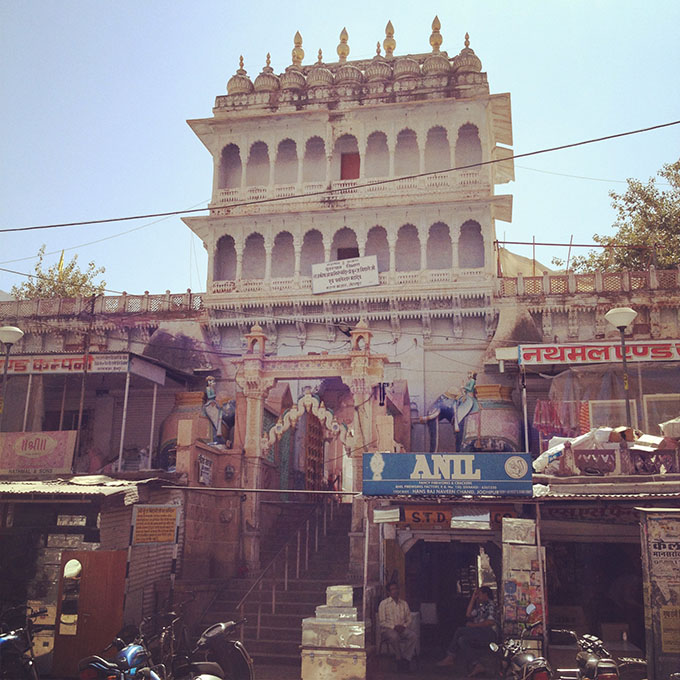 [Images: Walking around Jodhpur; photos by BLDGBLOG].
[Images: Walking around Jodhpur; photos by BLDGBLOG].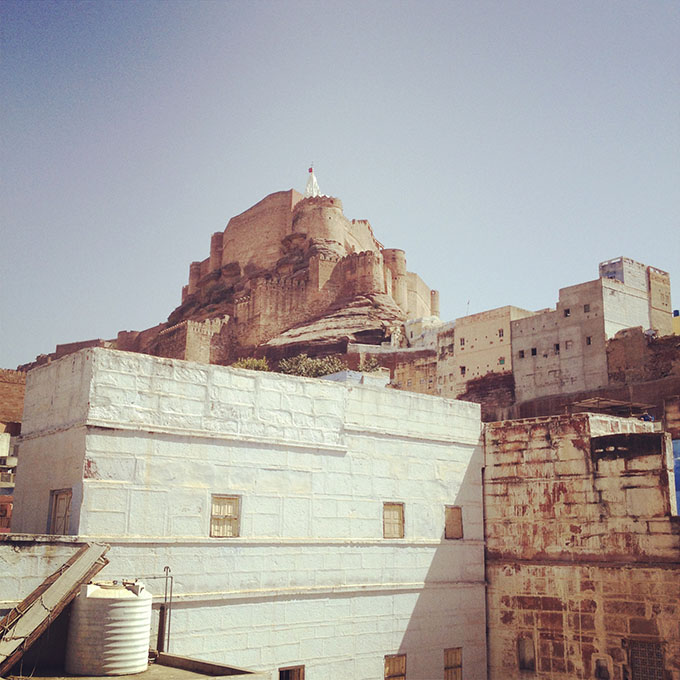 [Image:
[Image: 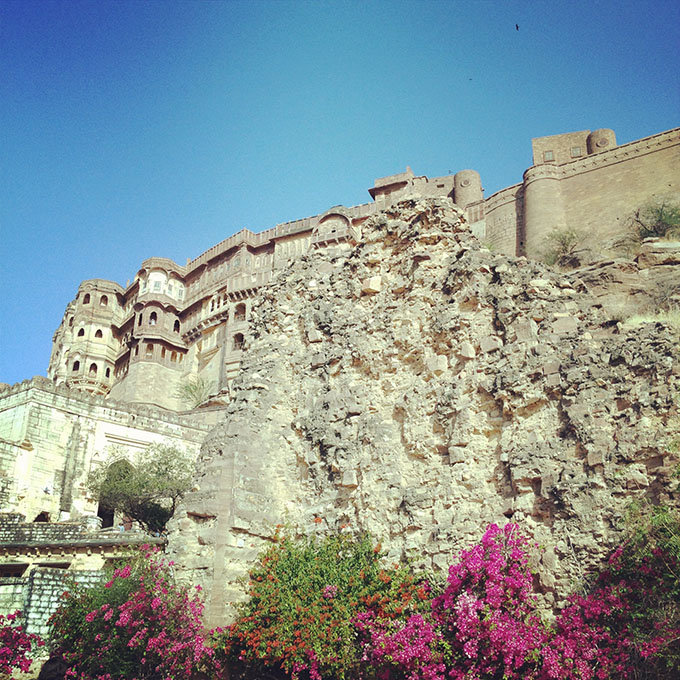 [Image: Birds flying over
[Image: Birds flying over 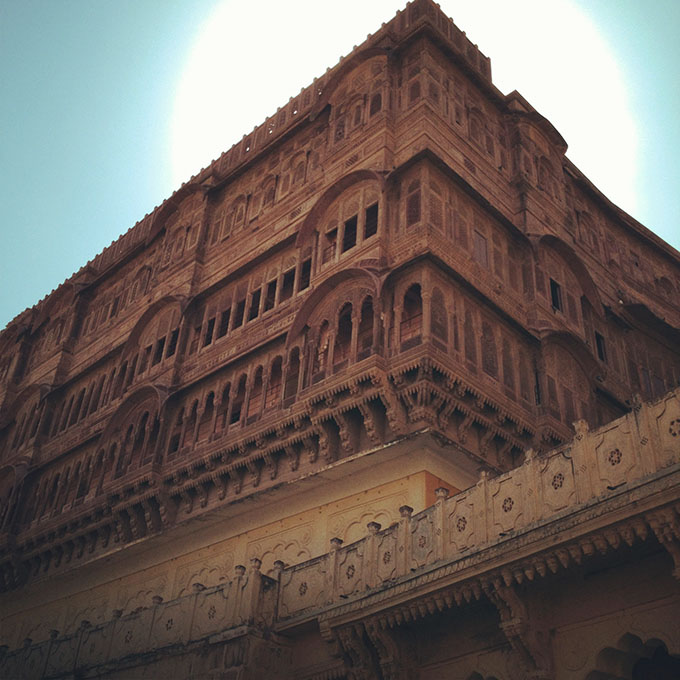 [Image: Inside
[Image: Inside 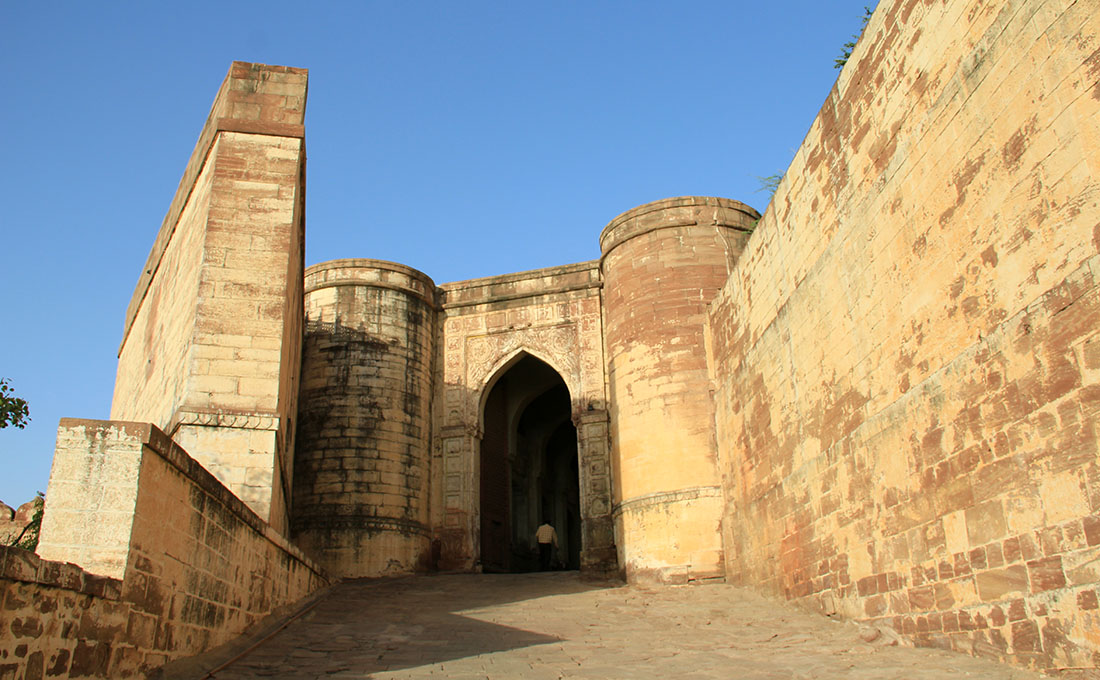
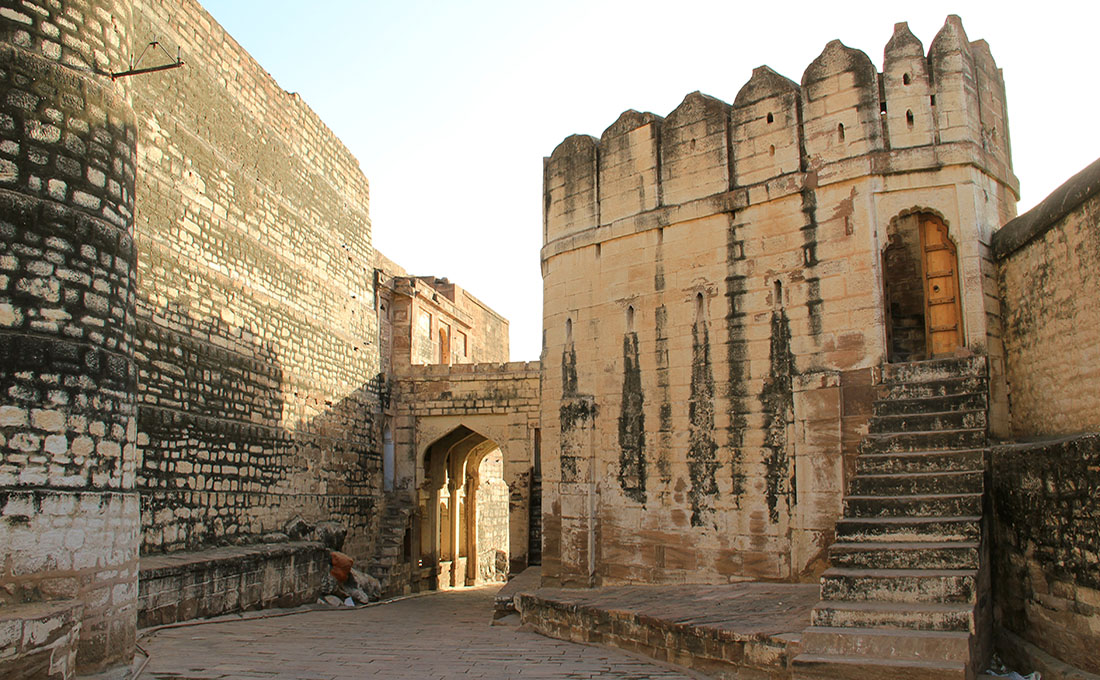
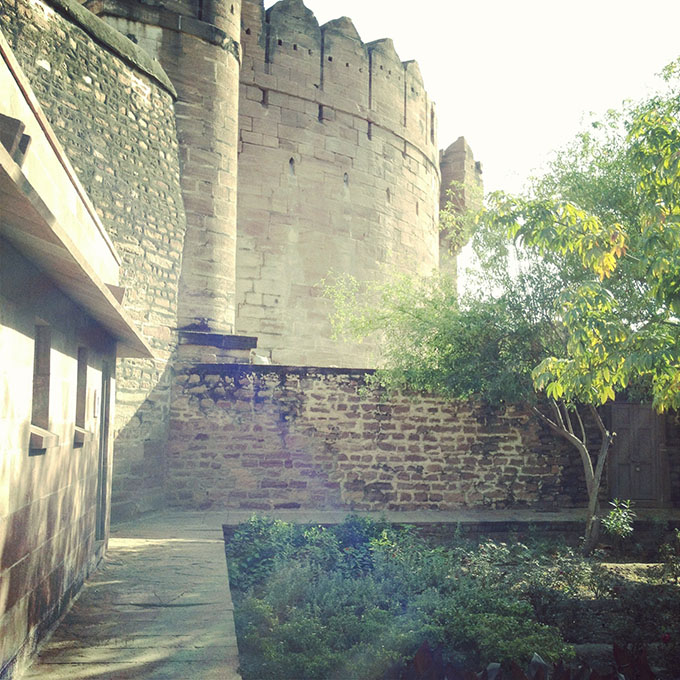 [Images:
[Images: 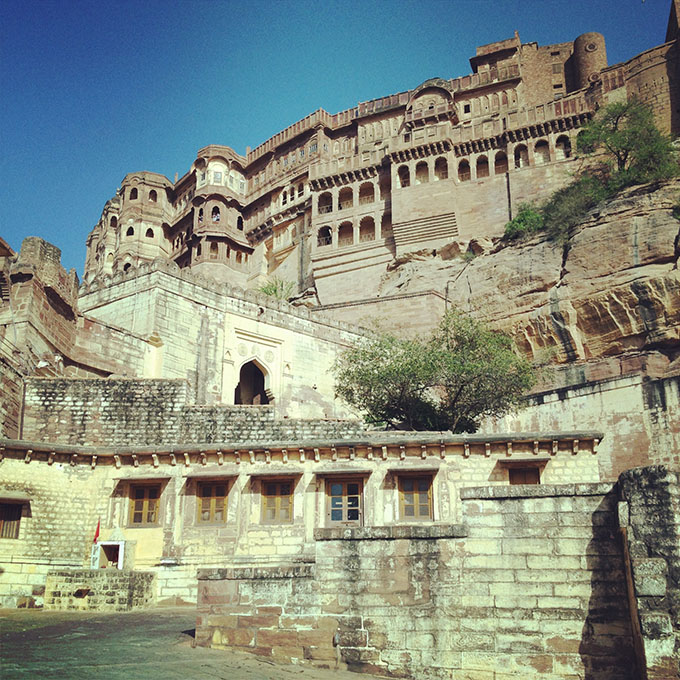
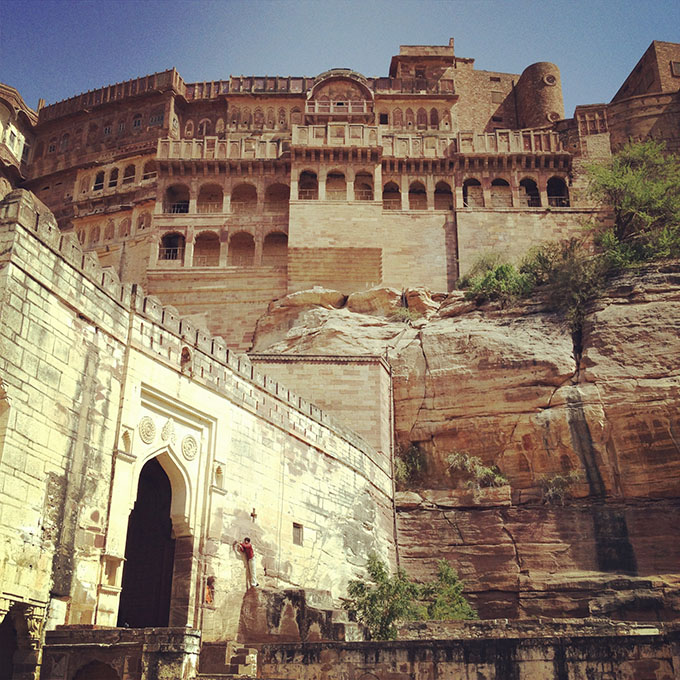
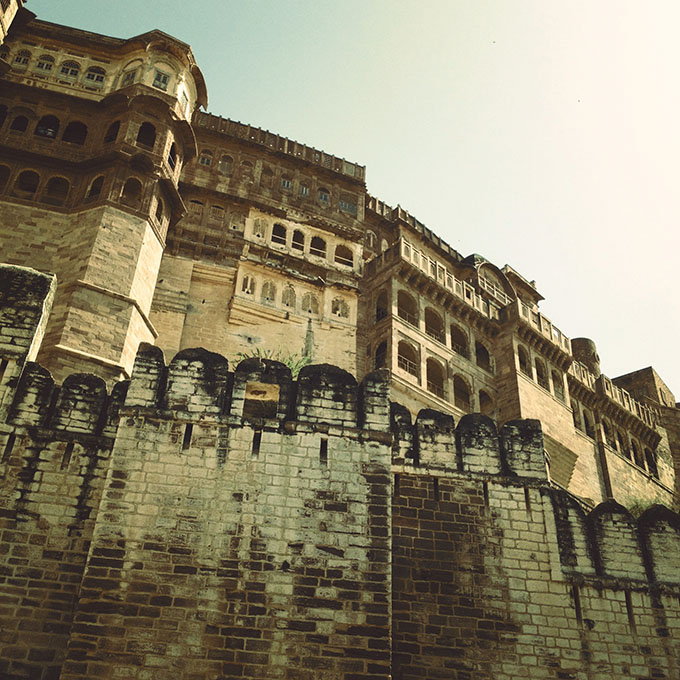
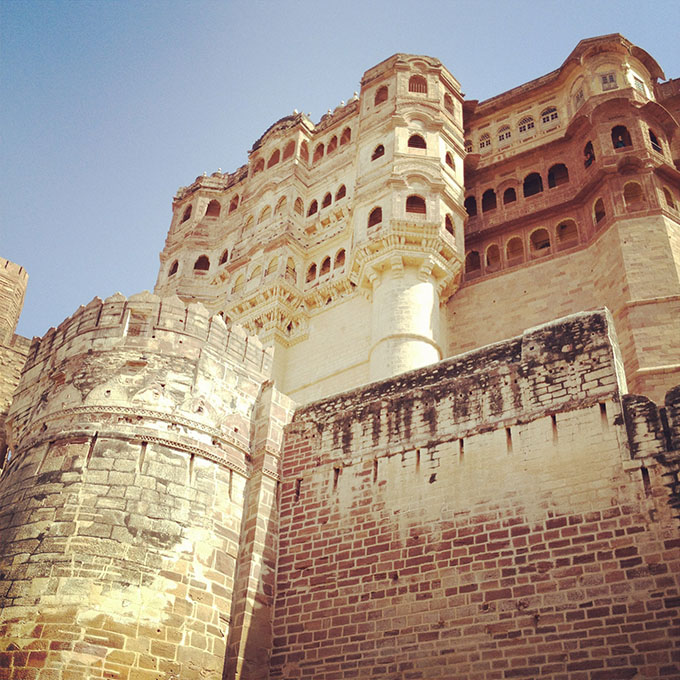
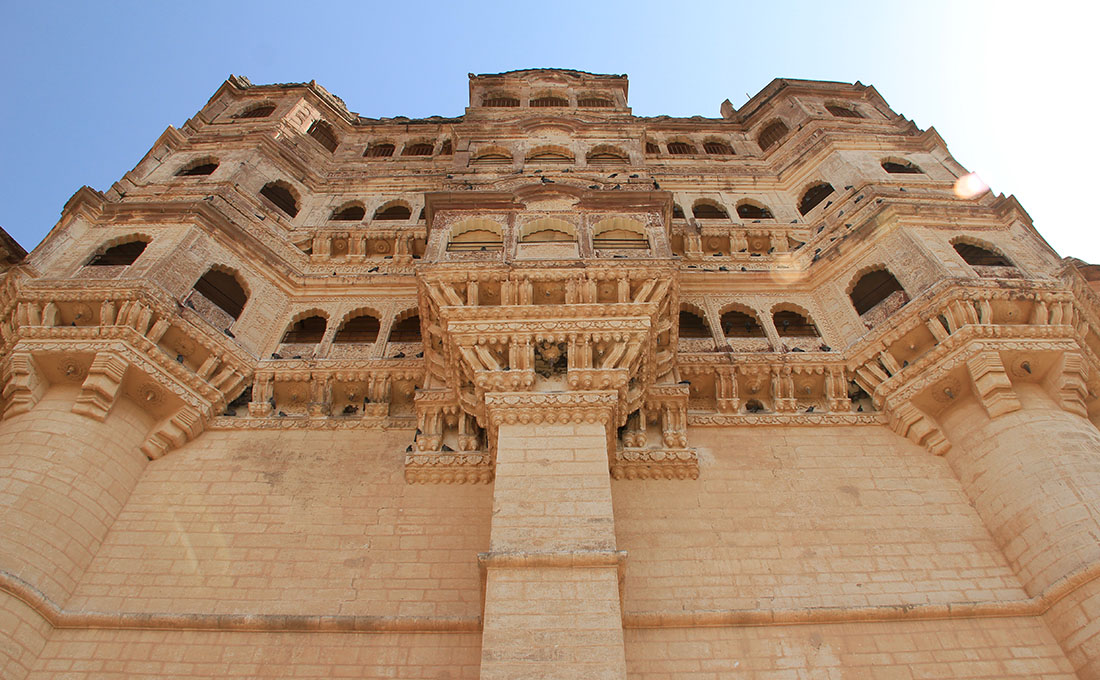
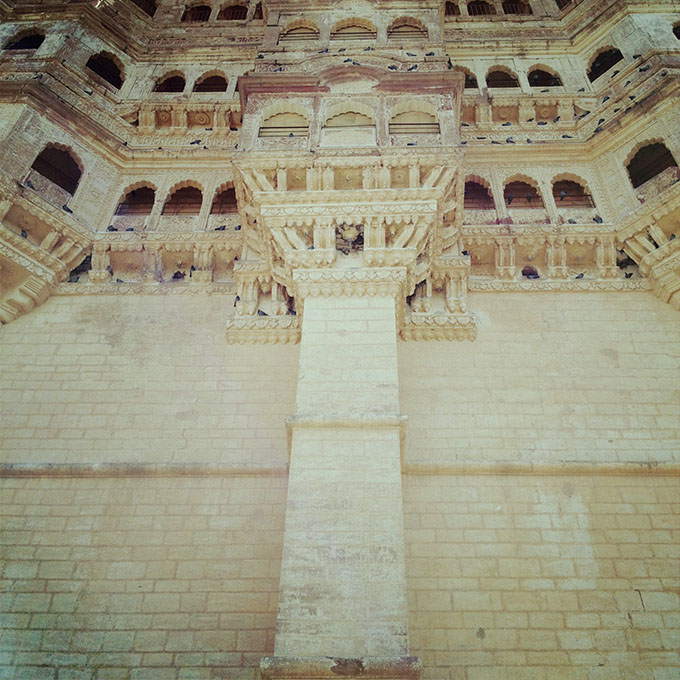
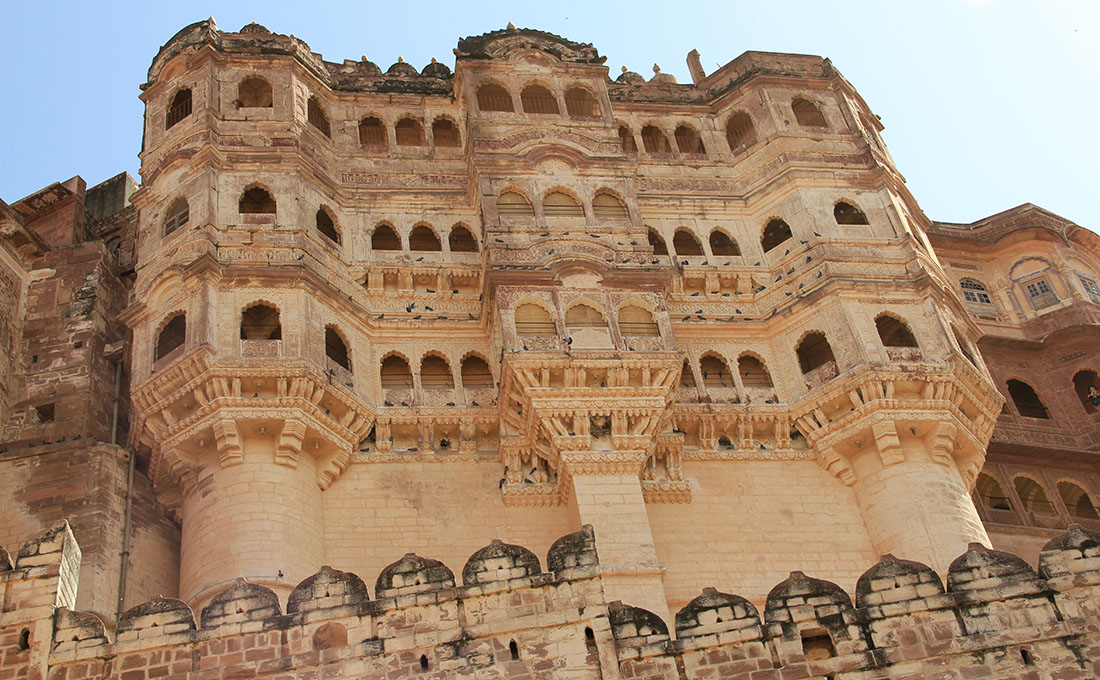
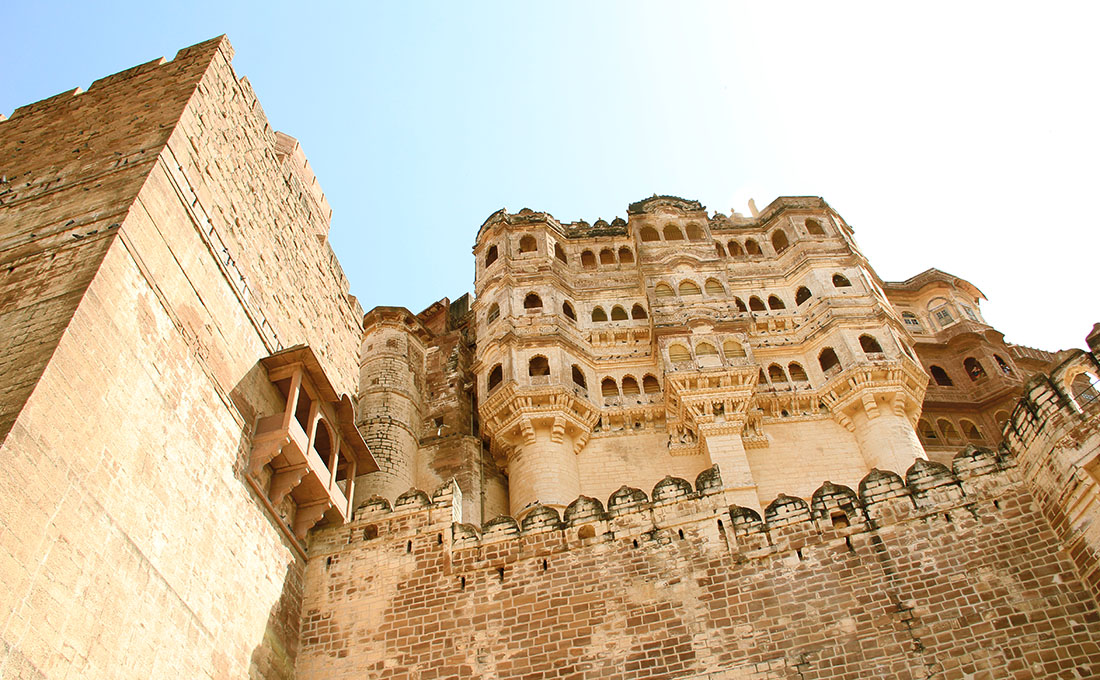
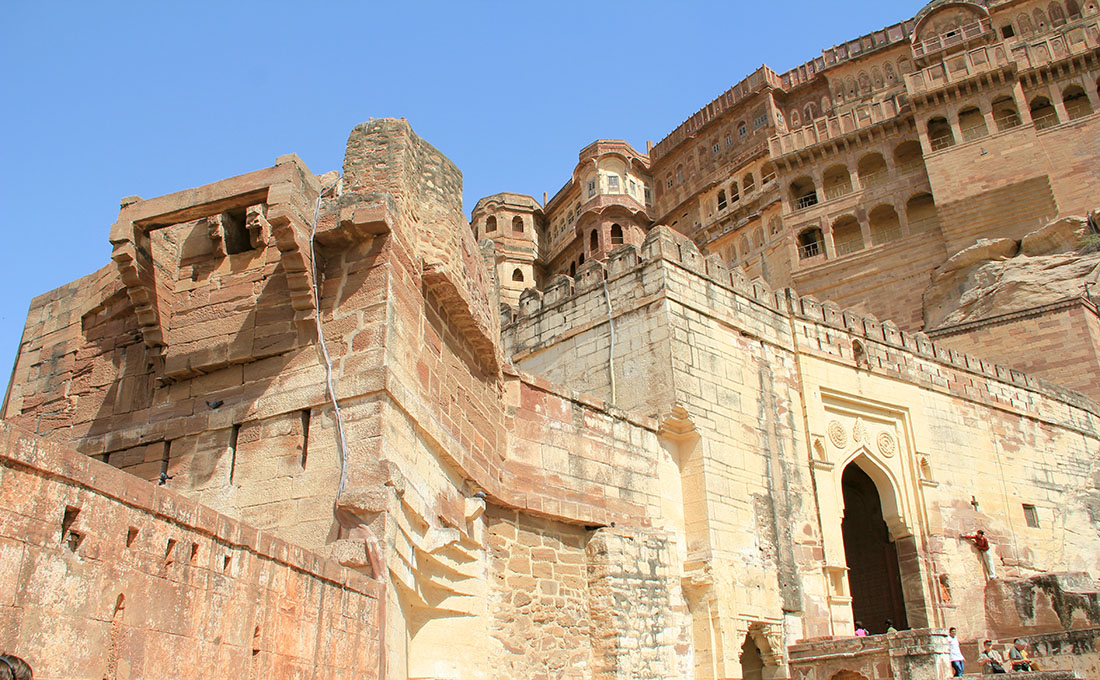
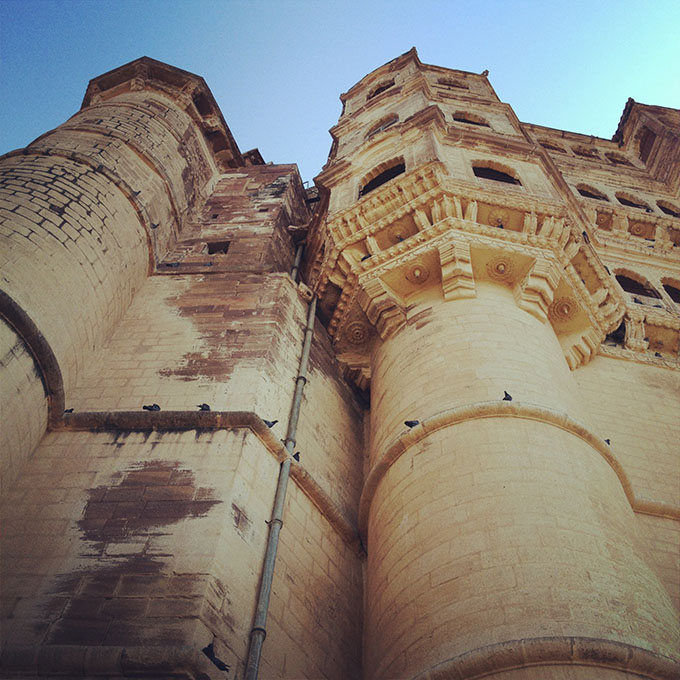
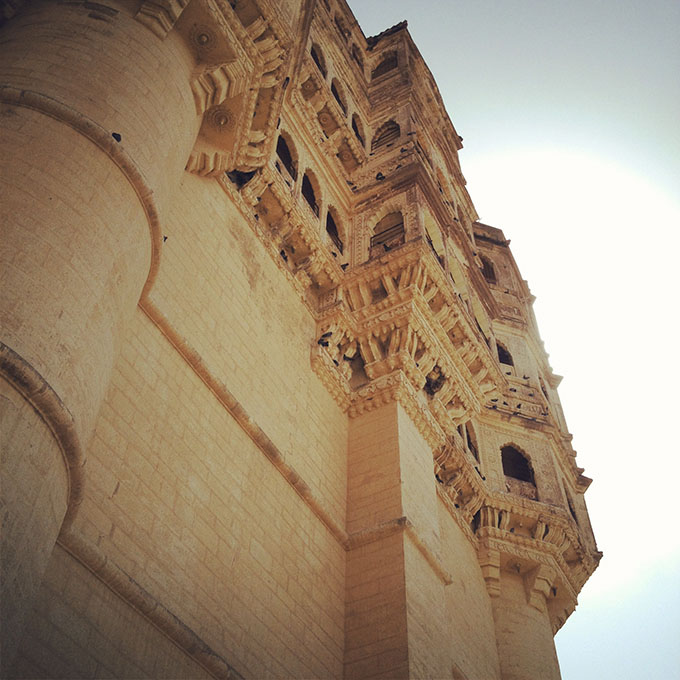
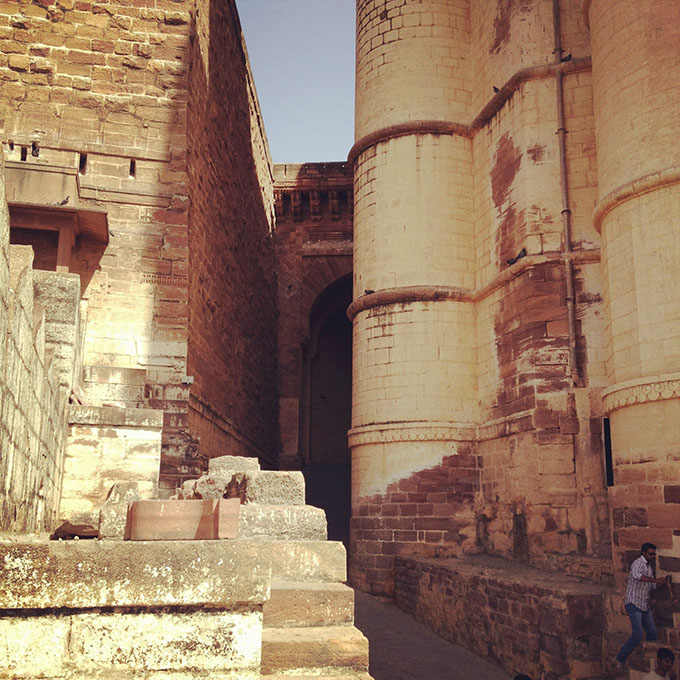
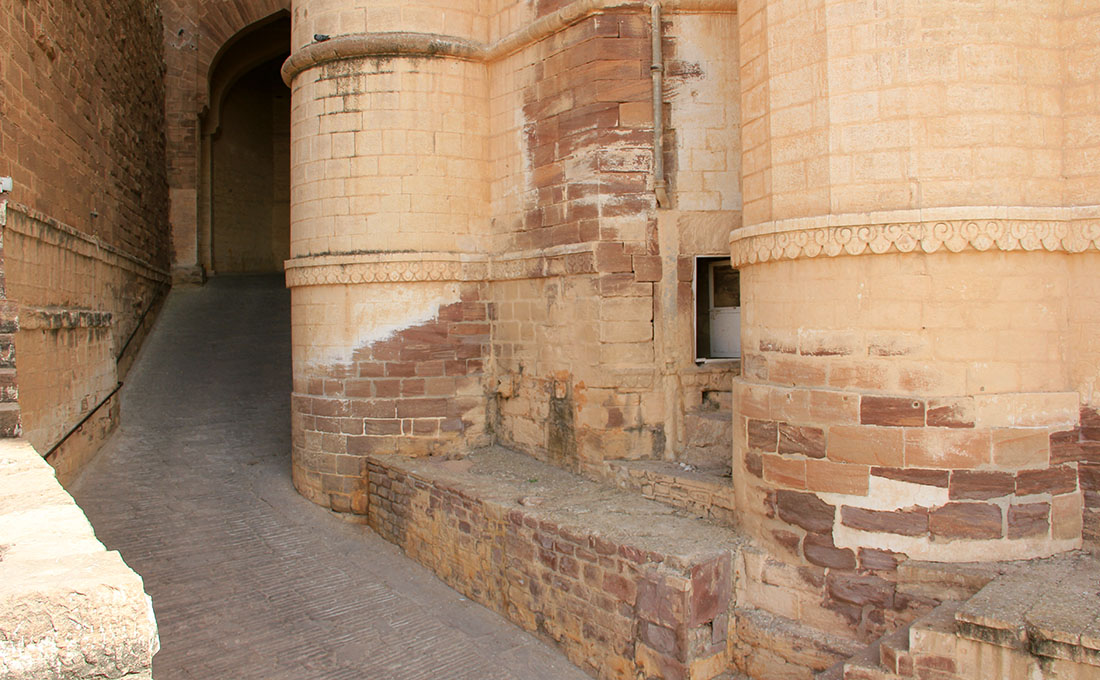
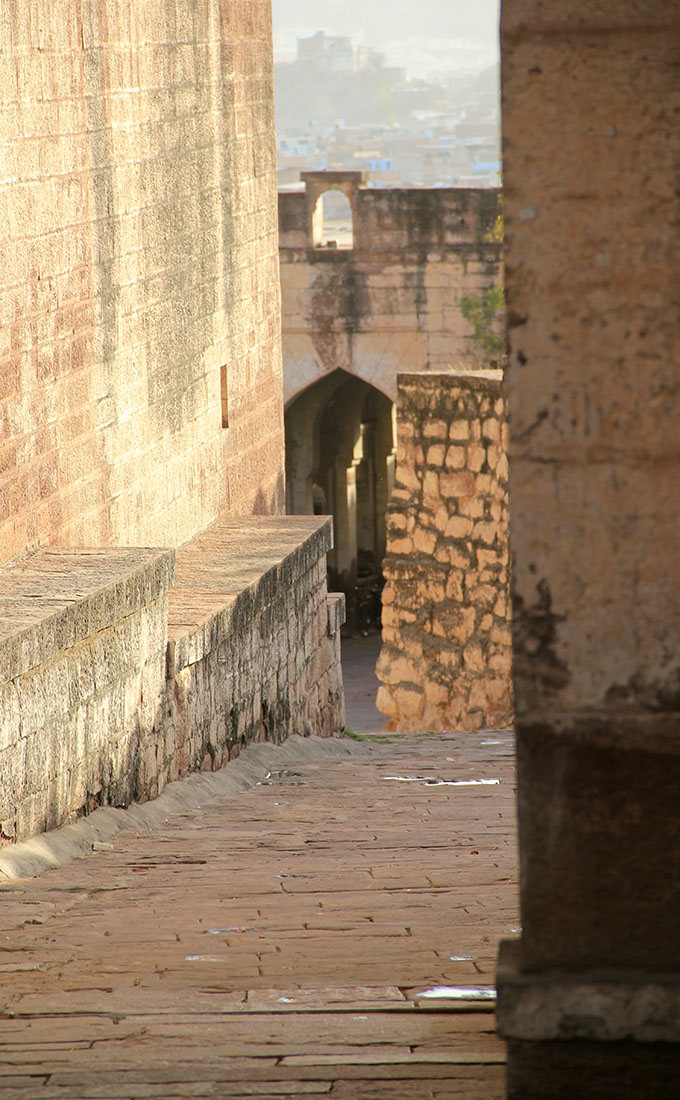
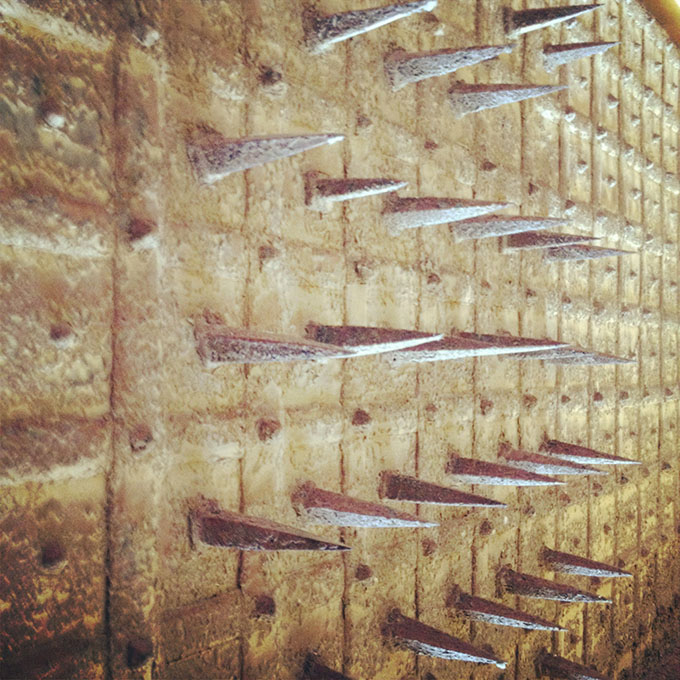
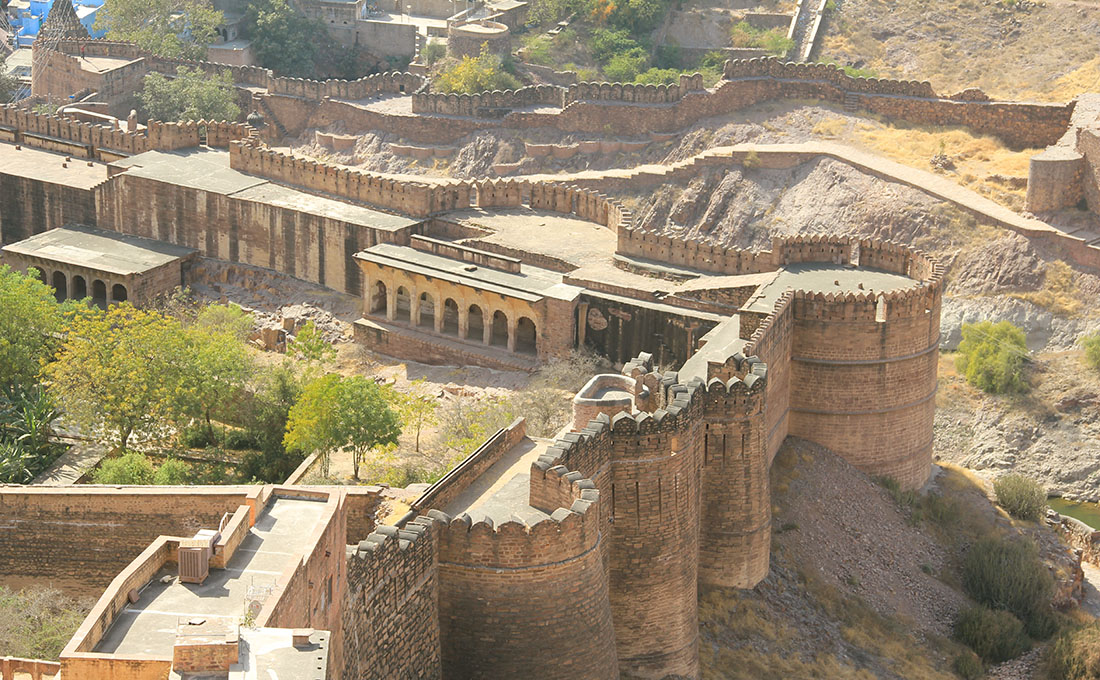
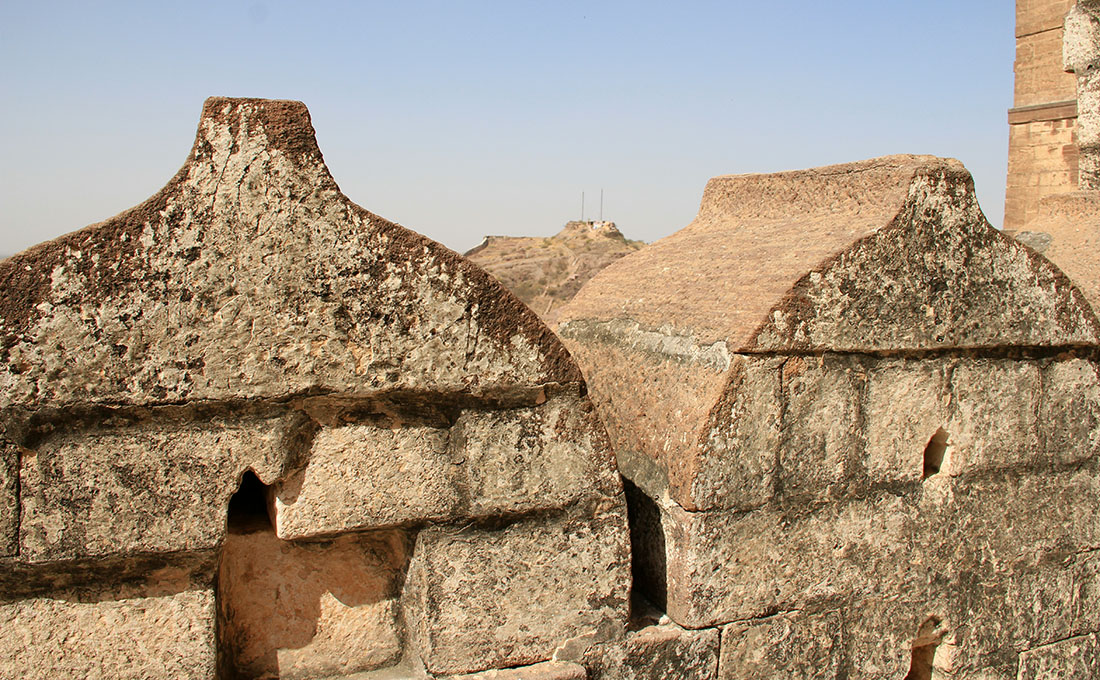
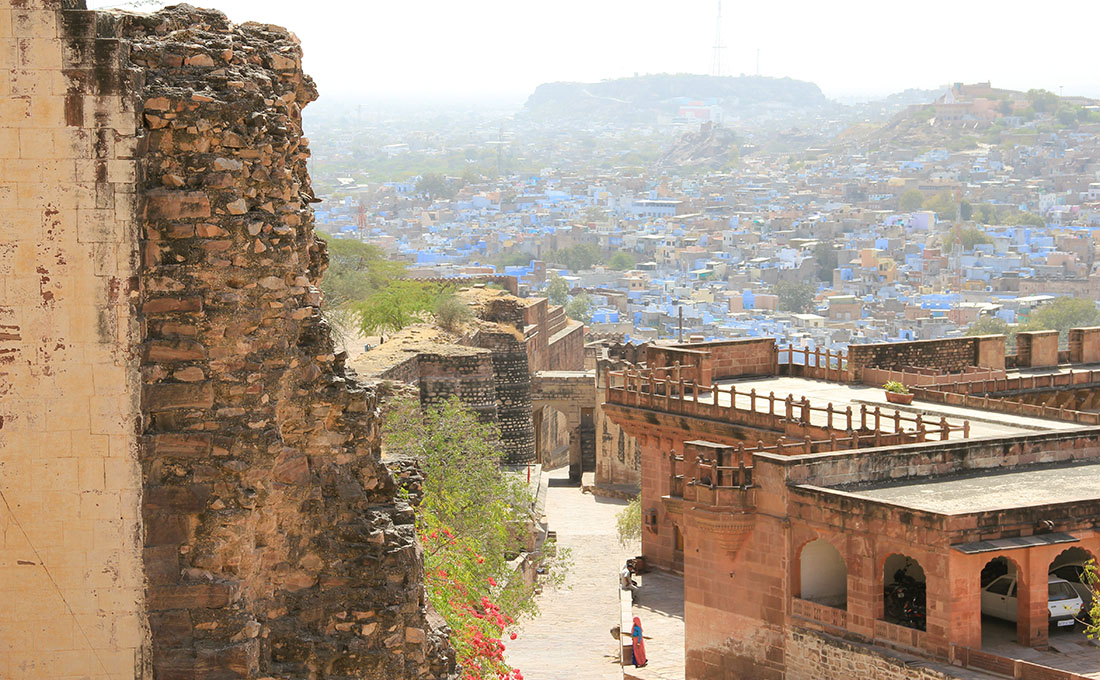
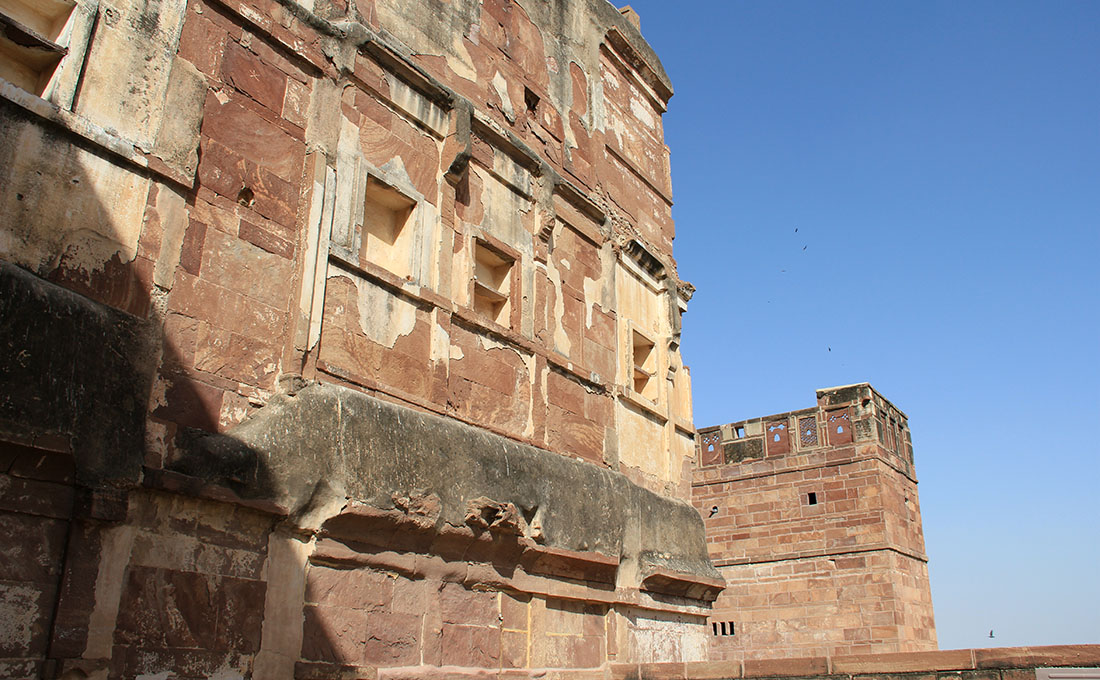
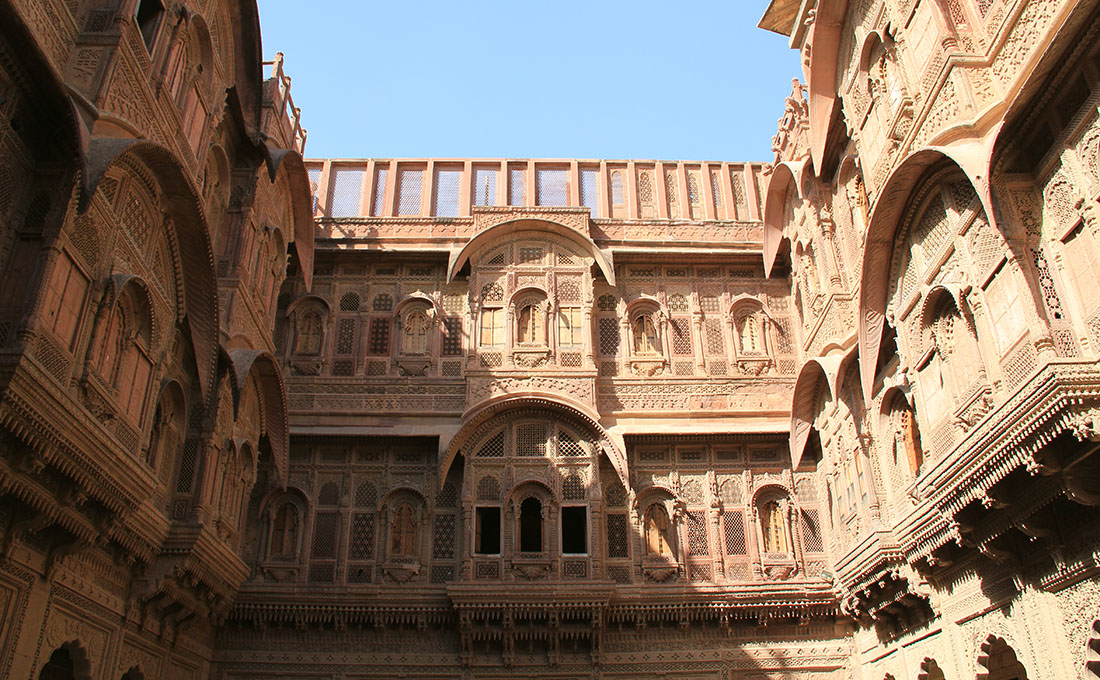
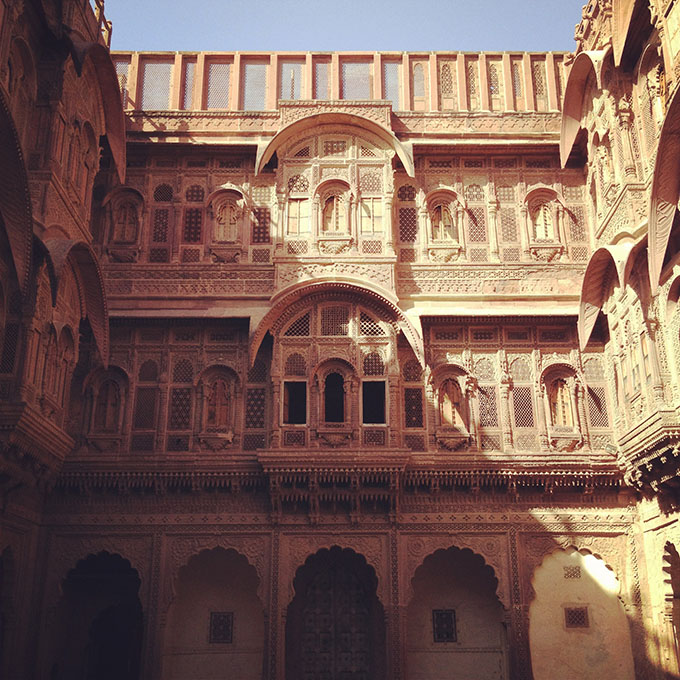
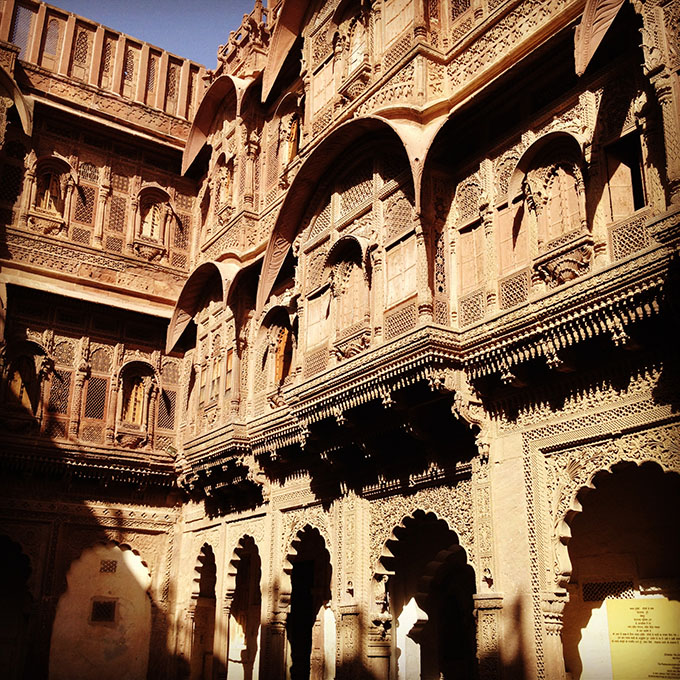
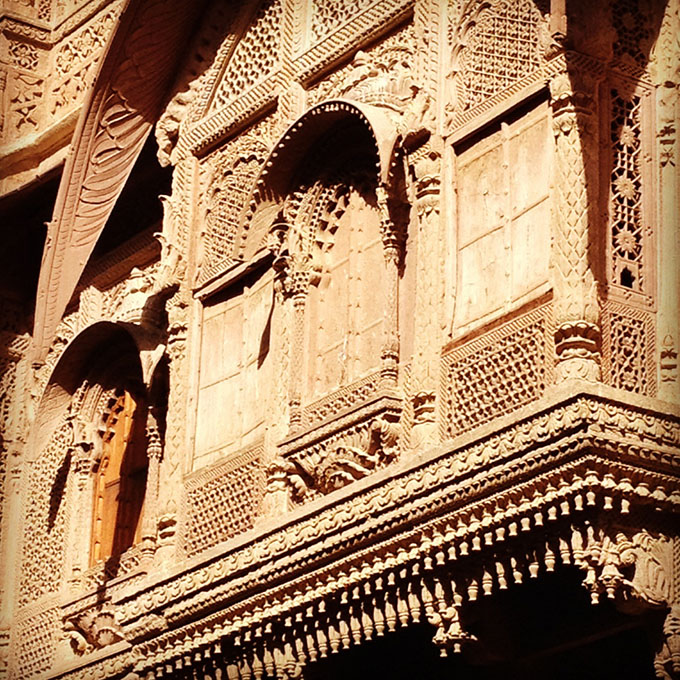
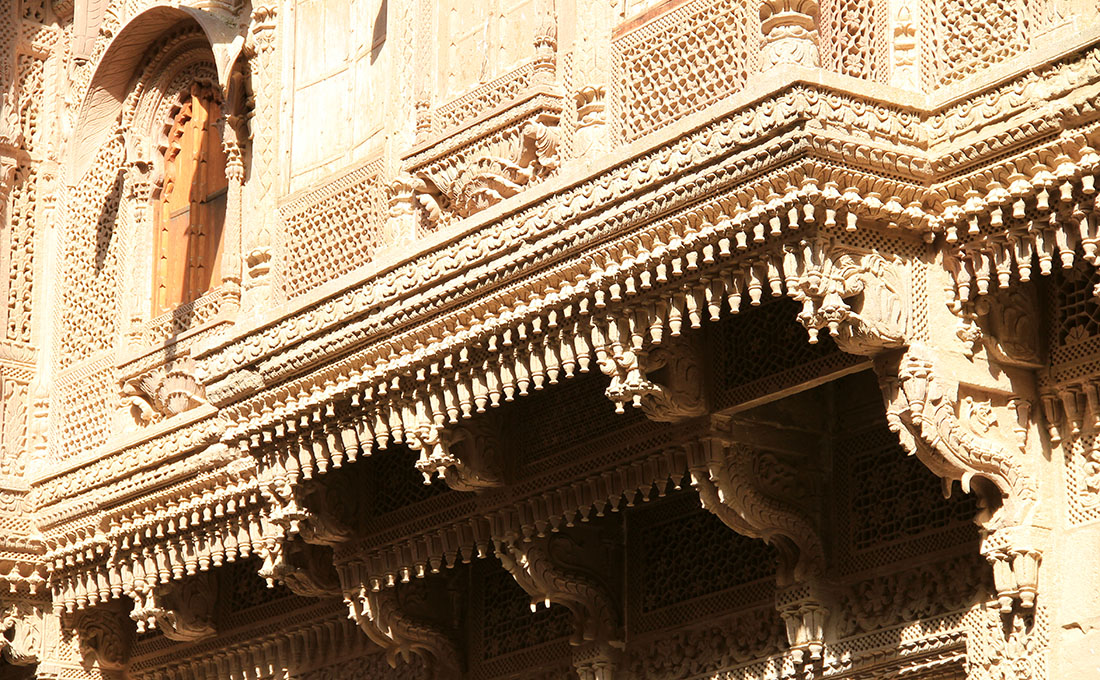
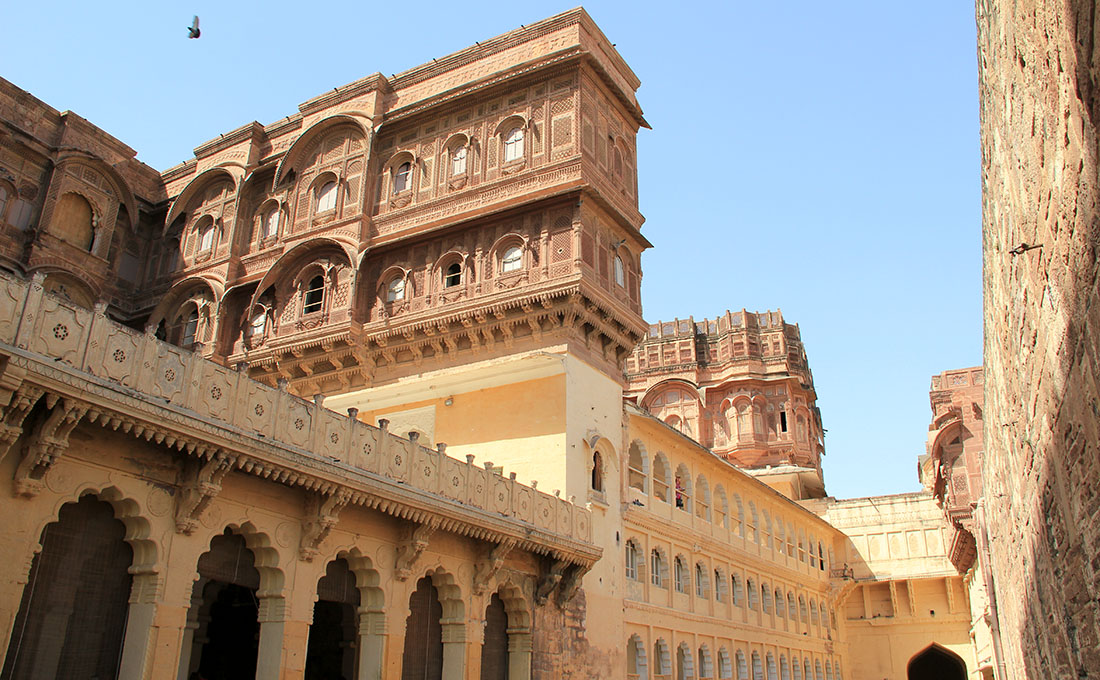
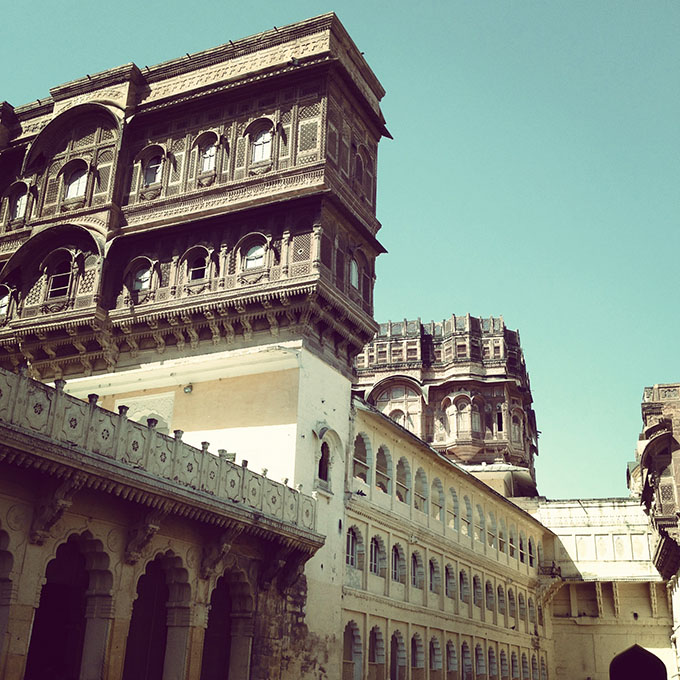
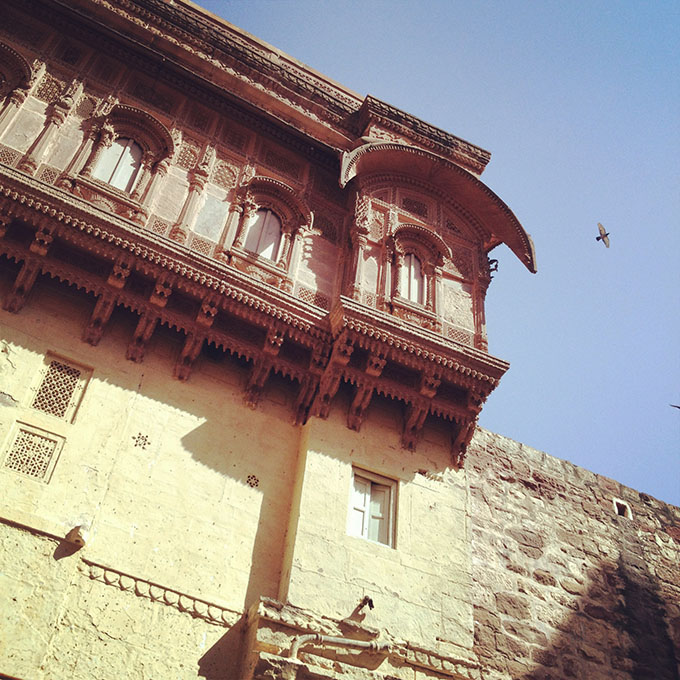
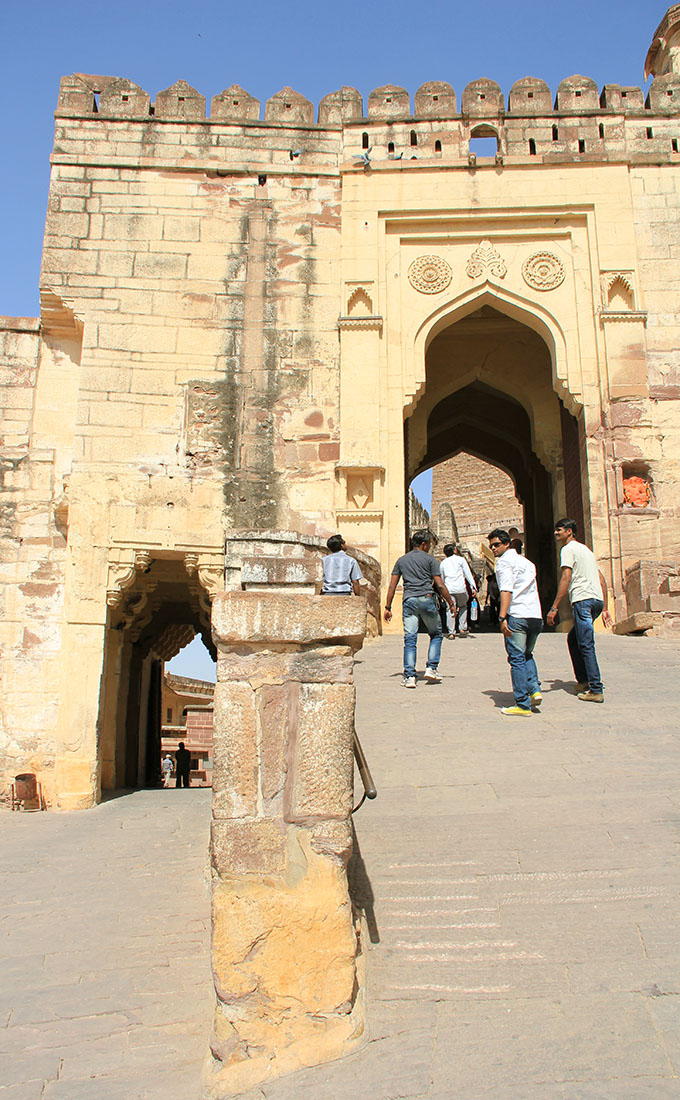
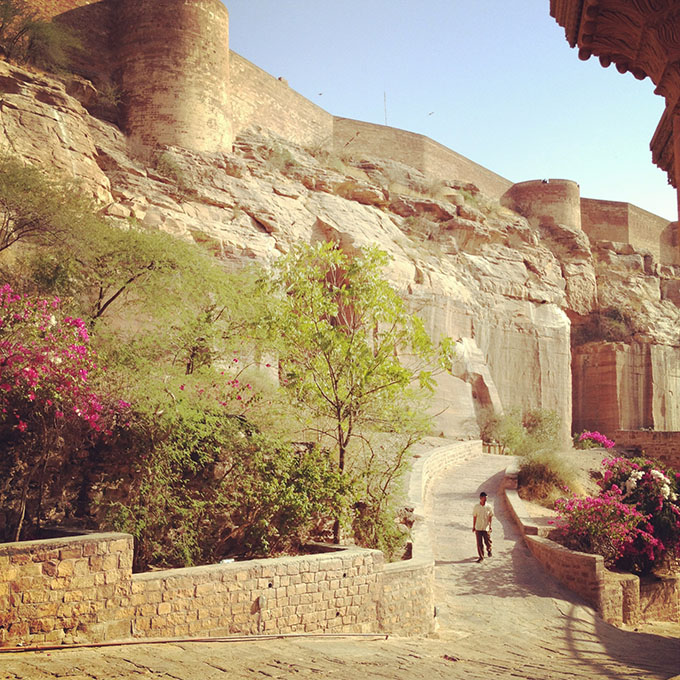
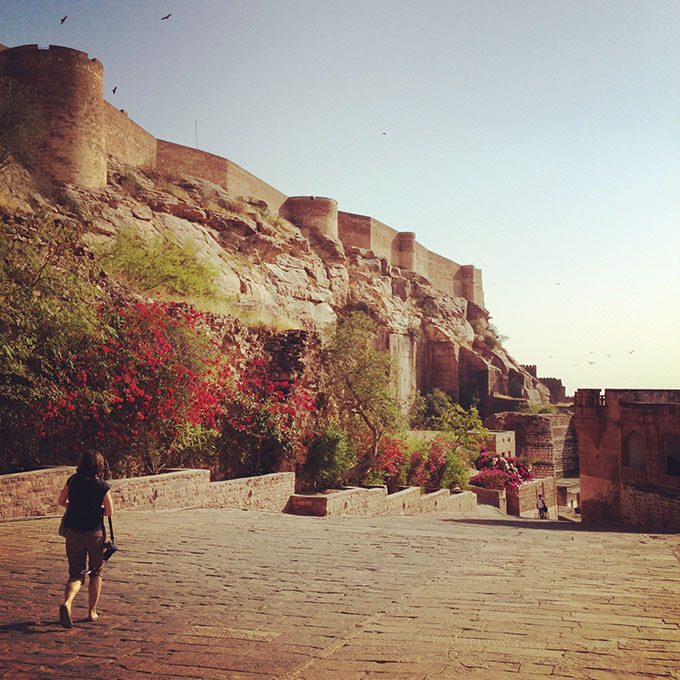
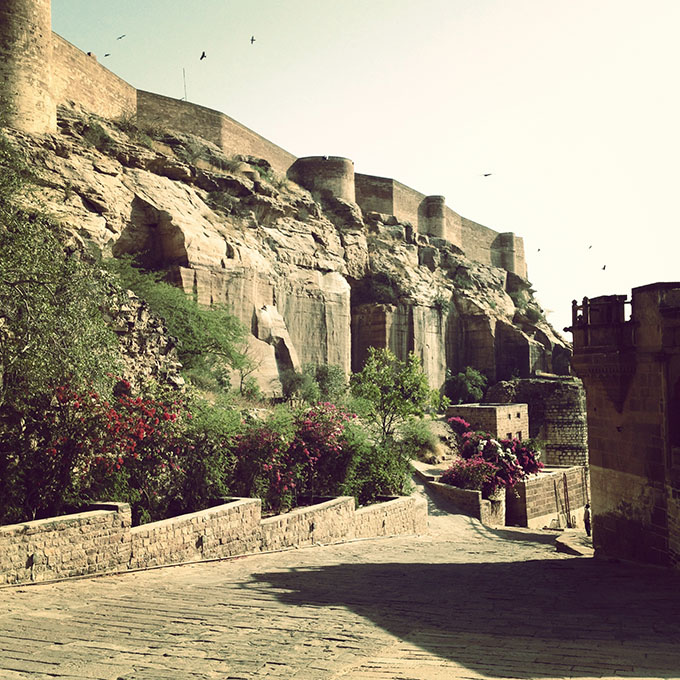 [Images:
[Images: 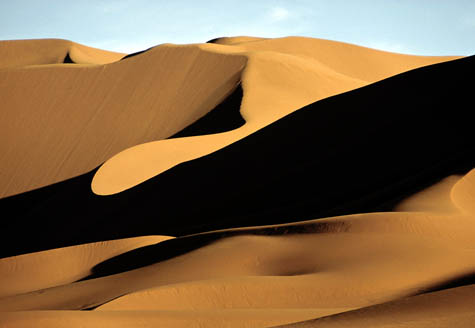 [Image: Photo by
[Image: Photo by 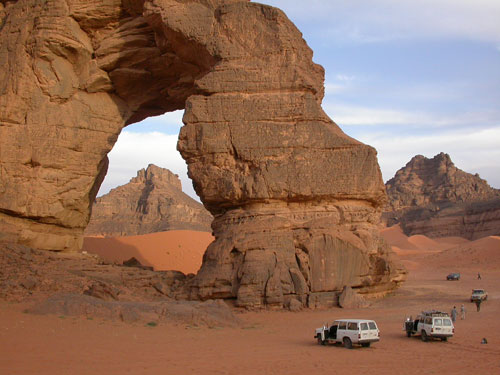 [Image: The Libyan Sahara; photo ©
[Image: The Libyan Sahara; photo ©
